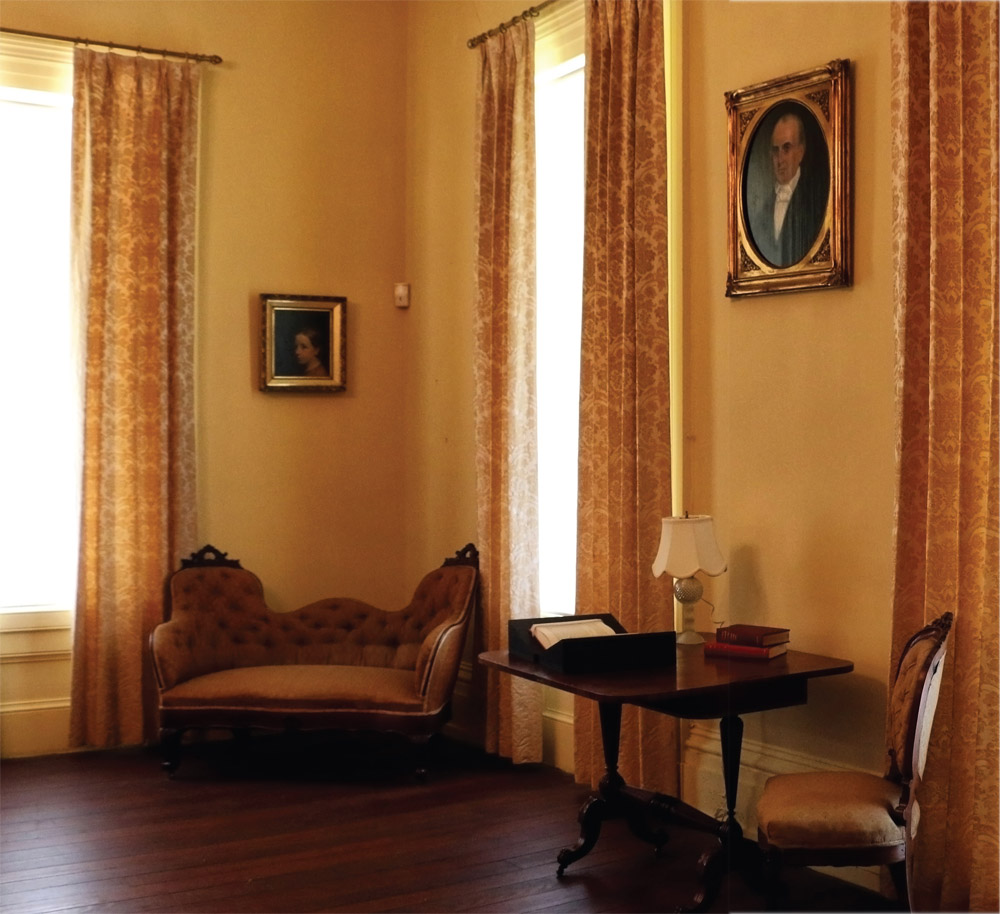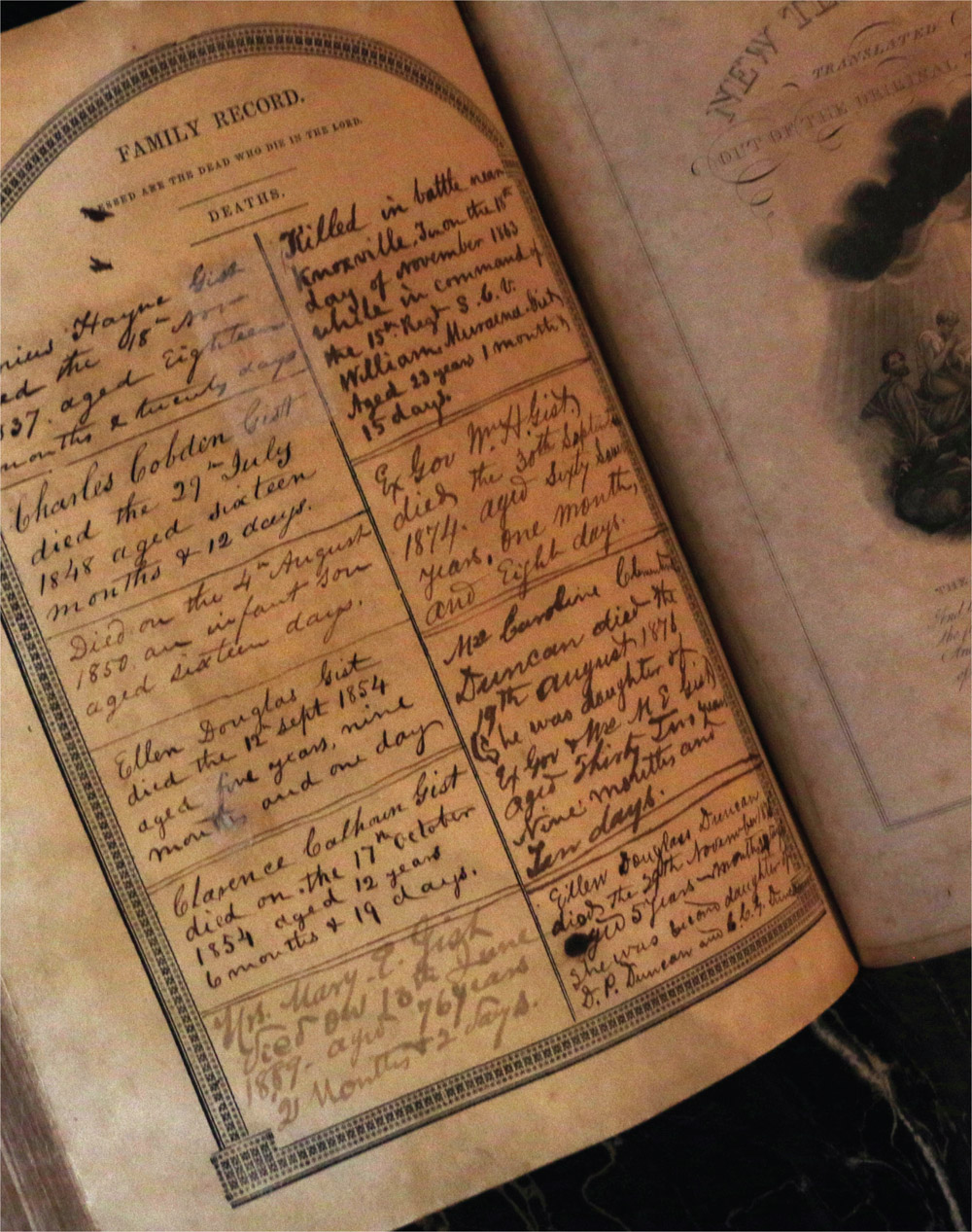


An imprint of The Rowman & Littlefield Publishing Group, Inc.
4501 Forbes Blvd., Ste. 200
Lanham, MD 20706
www.rowman.com
Distributed by NATIONAL BOOK NETWORK
Copyright 2019 Jai Williams
Photography by Jai Williams
All rights reserved. No part of this book may be reproduced in any form or by any electronic or mechanical means, including information storage and retrieval systems, without written permission from the publisher, except by a reviewer who may quote passages in a review.
British Library Cataloguing in Publication Information available
Library of Congress Cataloging-in-Publication Data available
ISBN 978-1-4930-3601-1 (hardcover)
ISBN 978-1-4930-3602-8 (e-book)
 The paper used in this publication meets the minimum requirements of American National Standard for Information SciencesPermanence of Paper for Printed Library Materials, ANSI/NISO Z39.48-1992
The paper used in this publication meets the minimum requirements of American National Standard for Information SciencesPermanence of Paper for Printed Library Materials, ANSI/NISO Z39.48-1992
Printed in the United States of America

Acknowledgments
Appreciation is a wonderful thing. It makes what is excellent in others belong to us as well.
V OLTAIRE
I would like to sincerely thank the many people who contributed to this project. To the executive directors, who gave permission to visit as well as photograph each plantation and/or historic home; to the docents, who contributed enthusiastic interpretations during tours; and to the historians as well as curators, who provided feedback to make sure each essay was historically factual.
To Jayson Sellers of Hampton Plantation, Elizabeth Laney of Redcliffe Plantation, Shawn Halifax of McLeod Plantation, Lucy Archie of Drayton Hall, and Jeff Neale of Middleton Place, who, without pretense, desire to diligently discuss the horrors of slavery as well as shine light on the African-American families who were enslaved for generations at these sites.
To Don Bussey of Middleton Place, Jennifer McCormick of The Charleston Museum, Jordan Bannister of Historic Pendleton, Halie Brazier of Historic Camden, Lauren Northup of the Historic Charleston Foundation, Anna Kate Twitty of Historic Columbia, and Marie Cheek of Historic Brattonsville, whose dedication to these architectural masterpieces is unmatched.
To Nate and Stephanie of Rose Hill, your kindness was refreshing. To Trenda, Nathan, and Andrew, I look forward to supporting each of your future endeavors; your brilliance is inspiring.
Last but not least, to Reina, Jane, Raven, and Stephanie, thank you for providing a safe space in a place unknown.

Introduction
It is a matter of common knowledge that the government of South Carolina is under domination of a small ring of cunning, conniving men.
S TROM T HURMOND
South Carolina, also known as the Palmetto State, is located along the Eastern Seaboard of the United States, which runs from Maine to Florida. In 1663 King Charles II granted a charter to eight men of nobility referred to as Lord Proprietors. Men such as Sir William Berkeley; Edward Hyde, First Earl of Clarendon; and Anthony Ashley Cooper, First Earl of Shaftesbury, dispersed large amounts of land to English settlers who desired to and could afford to expand into unsoiled territories of the New World. In 1670 colonists landed along the Ashley River establishing the first permanent settlement in the province of Carolina. The settlement subsequently moved to the intersecting point of the Ashley and Cooper Rivers, where it remains today.
Due to the mismanagement of colonial affairs, the province split into northern and southern territories in 1712; however, the proprietors still officially controlled both areas. In 1719 colonists rebelled against proprietary rule, appealing to the crown for intervention. Redemption was slow, as it took ten years for the crown to completely intervene, buying seven of the eight proprietors land back. Both North and South Carolina shifted from being proprietary colonies to royal colonies beginning in 1729 and staying so until the American Revolution. On May 23, 1788, South Carolina received its statehood and remained a part of the United States until it seceded on December 20, 1860. Eight years later, in 1868, South Carolina was readmitted into the Union.
Since its inception as a colony, South Carolina always boasted a strong agricultural presence due to its early exportation of goods such as tobacco and later indigo, yet the introduction of rice and enslaved people from Africa to its coastline in 1685 significantly changed everything. Referenced as Carolina Gold, the rice industry became South Carolinas main commercial crop by the early eighteenth century and remained so until the late nineteenth century when rice production shifted to other southern states such as Louisiana and Texas. Nonetheless, the amount of capital that had been acquired by rice farmers provided wealth for generations to come. Their acquisition led to massive plantations and immaculate homes built throughout the colony and thereafter the state, some still standing today. Weve compiled a collection of over thirty houses spanning over two centuries of history for you to explore, experience, and visit when youre in the Palmetto State.
MILITARY
Every good citizen makes his countrys honor his own, and cherishes it not only as precious but as sacred. He is willing to risk his life in its defense and is conscious that he gains protection while he gives it.
A NDREW J ACKSON
As the tenth colony of the original thirteen, the province of Carolina saw its share of territorial wars commencing with Queen Annes War (17021713), then shortly thereafter, the Yamasee War (17151717), followed decades later by the Cherokee (Anglo-Cherokee) War (17591761). During Queen Annes War Great Britain sought to halt Frances expansion within North America as well as secure and protect British colonists living along the New England frontier and within Charleston from French forces. Although at opposite ends of the continent, France occupied both the Nova Scotia territory of Port-Royal and the lower Mississippi valley.

Two years later tensions between the Yamasee Indians and the colonists came to a head. The Yamasee Indians, along with members from other tribes, fought fiercely against the English settlers aggressive acquisition of land and encroachment on well-established Indian trading routes. The war was costly for the Indians, as the colonists eventually won and the Yamasees land and power was diminished in the southeastern region of the colony. Brutal treatment by the English toward the Cherokee also led to hostility and violence between the two groups, ending similarly with the Cherokees losing much of their bountiful hunting grounds. Relations would remain strained between the colonists and various tribes for decades to come.
Next page

















 The paper used in this publication meets the minimum requirements of American National Standard for Information SciencesPermanence of Paper for Printed Library Materials, ANSI/NISO Z39.48-1992
The paper used in this publication meets the minimum requirements of American National Standard for Information SciencesPermanence of Paper for Printed Library Materials, ANSI/NISO Z39.48-1992

